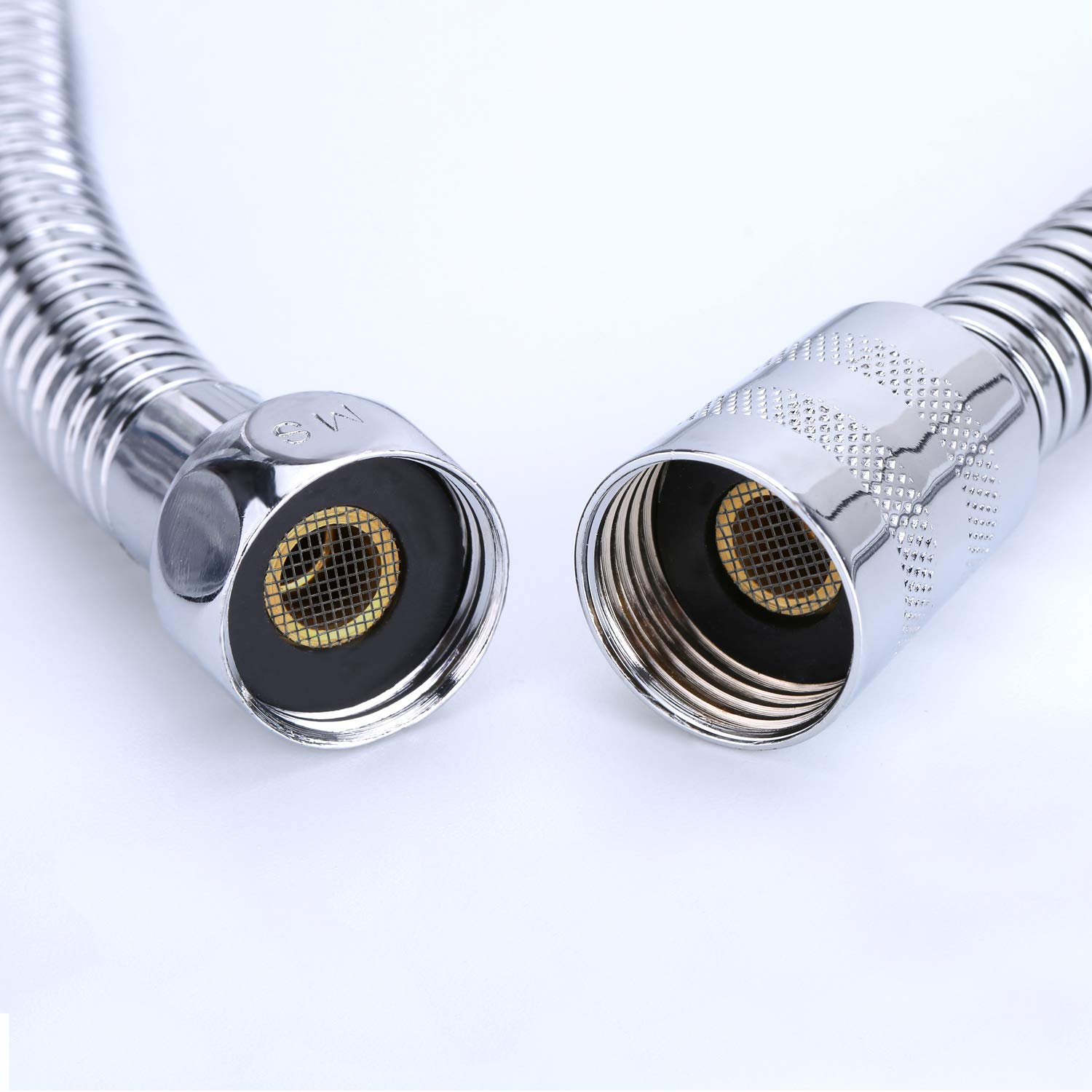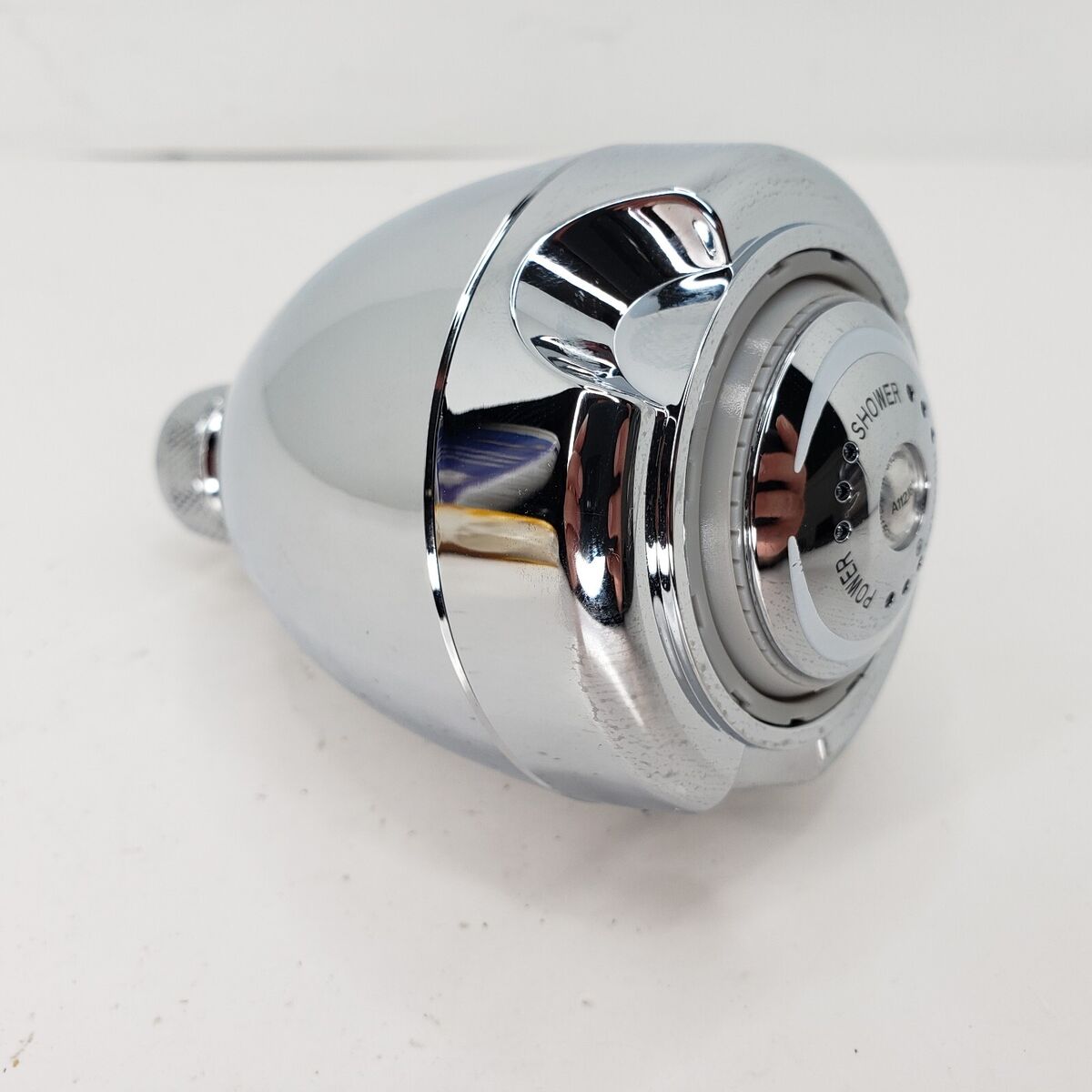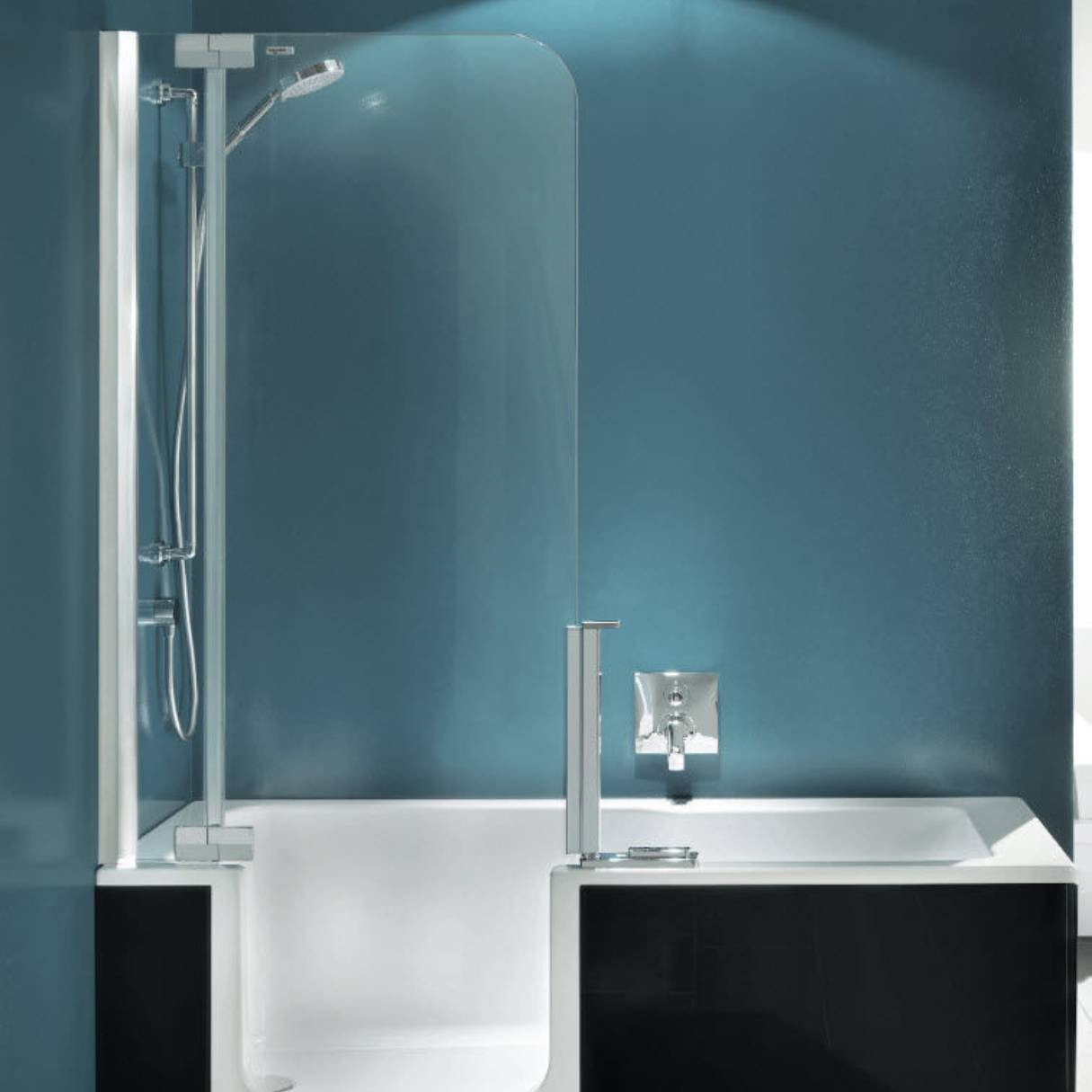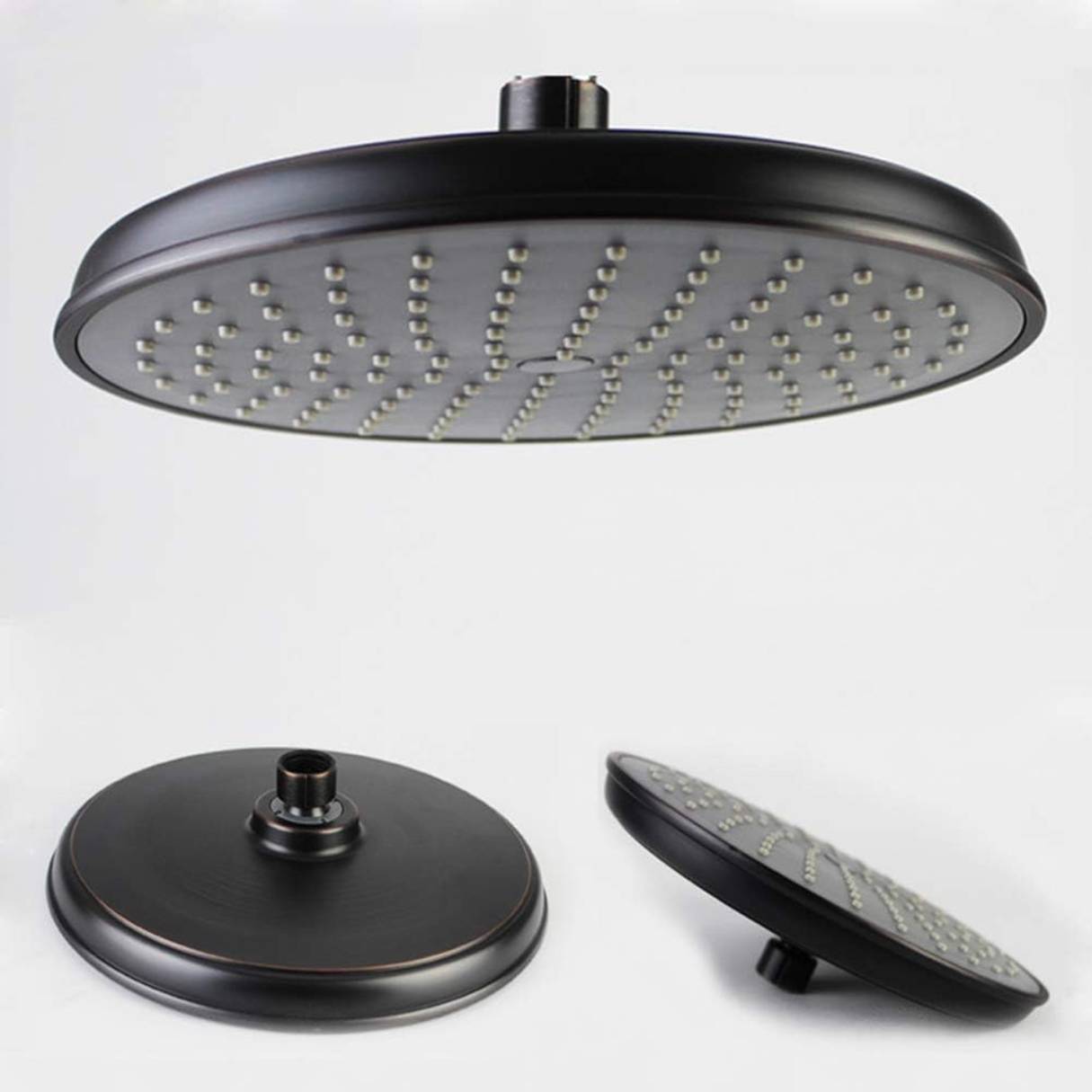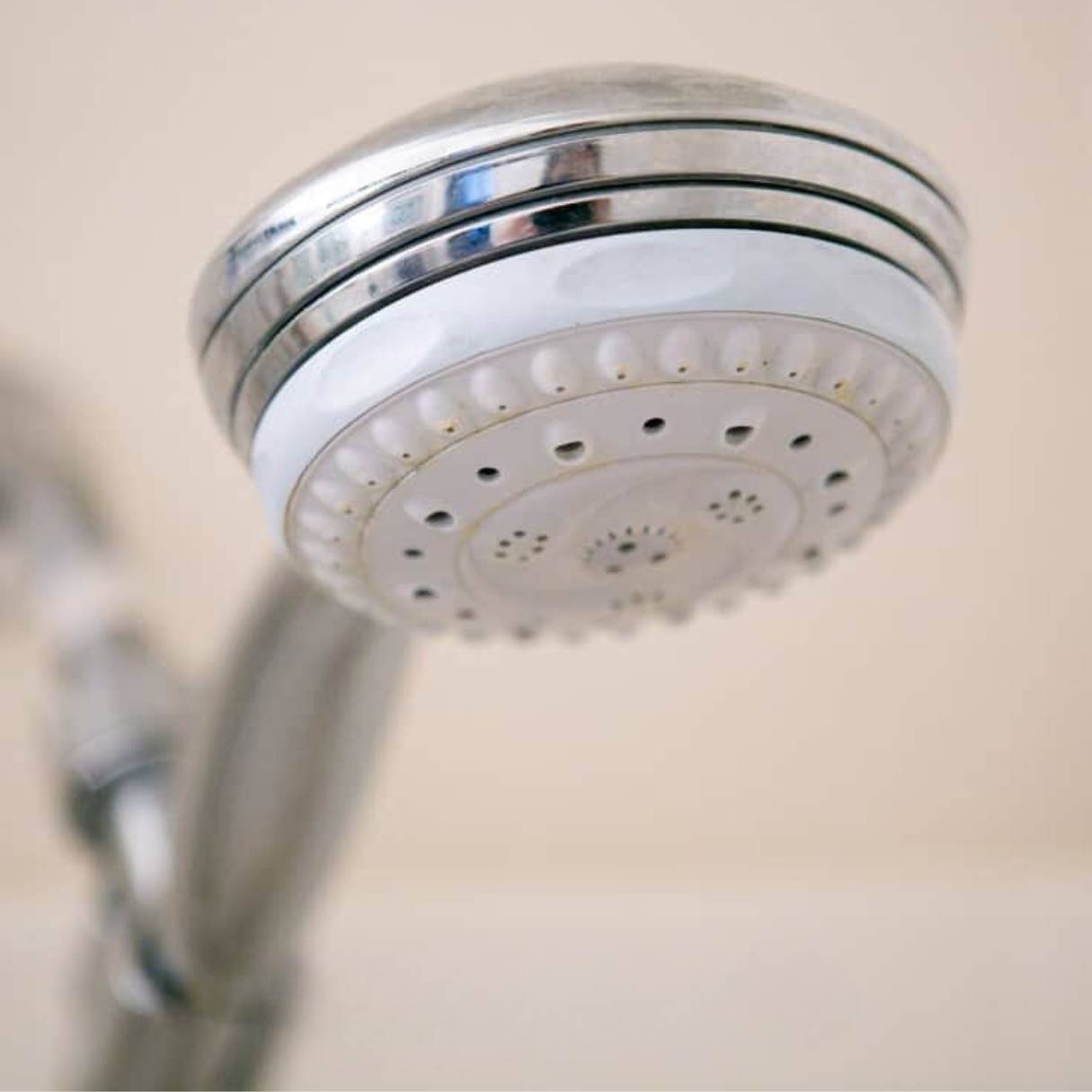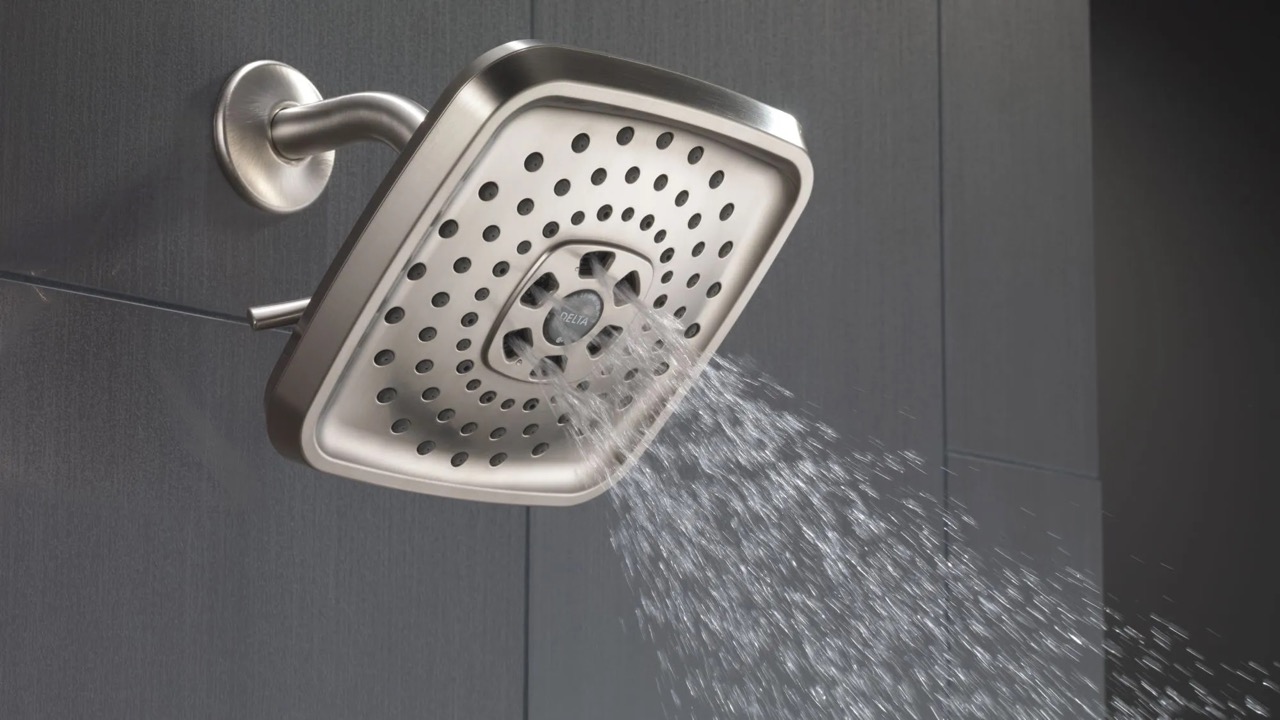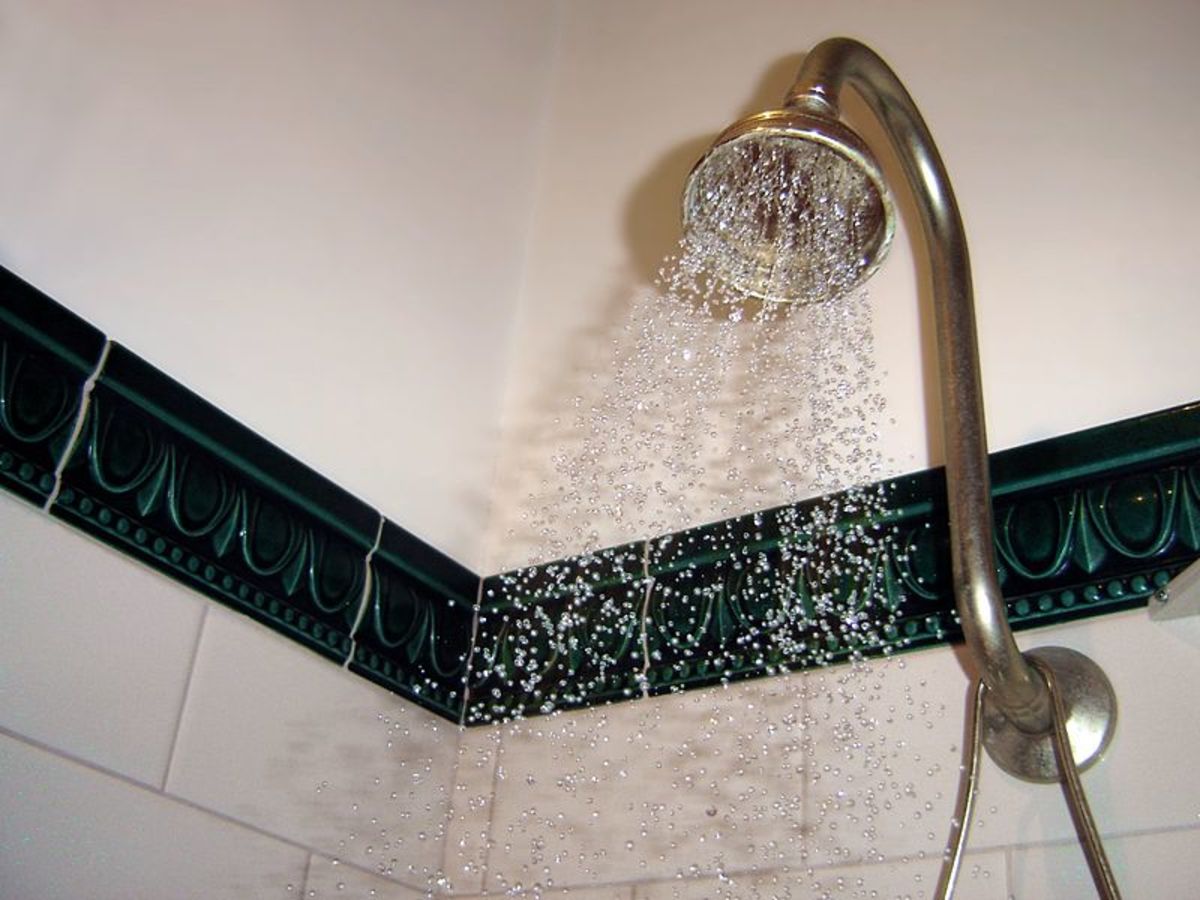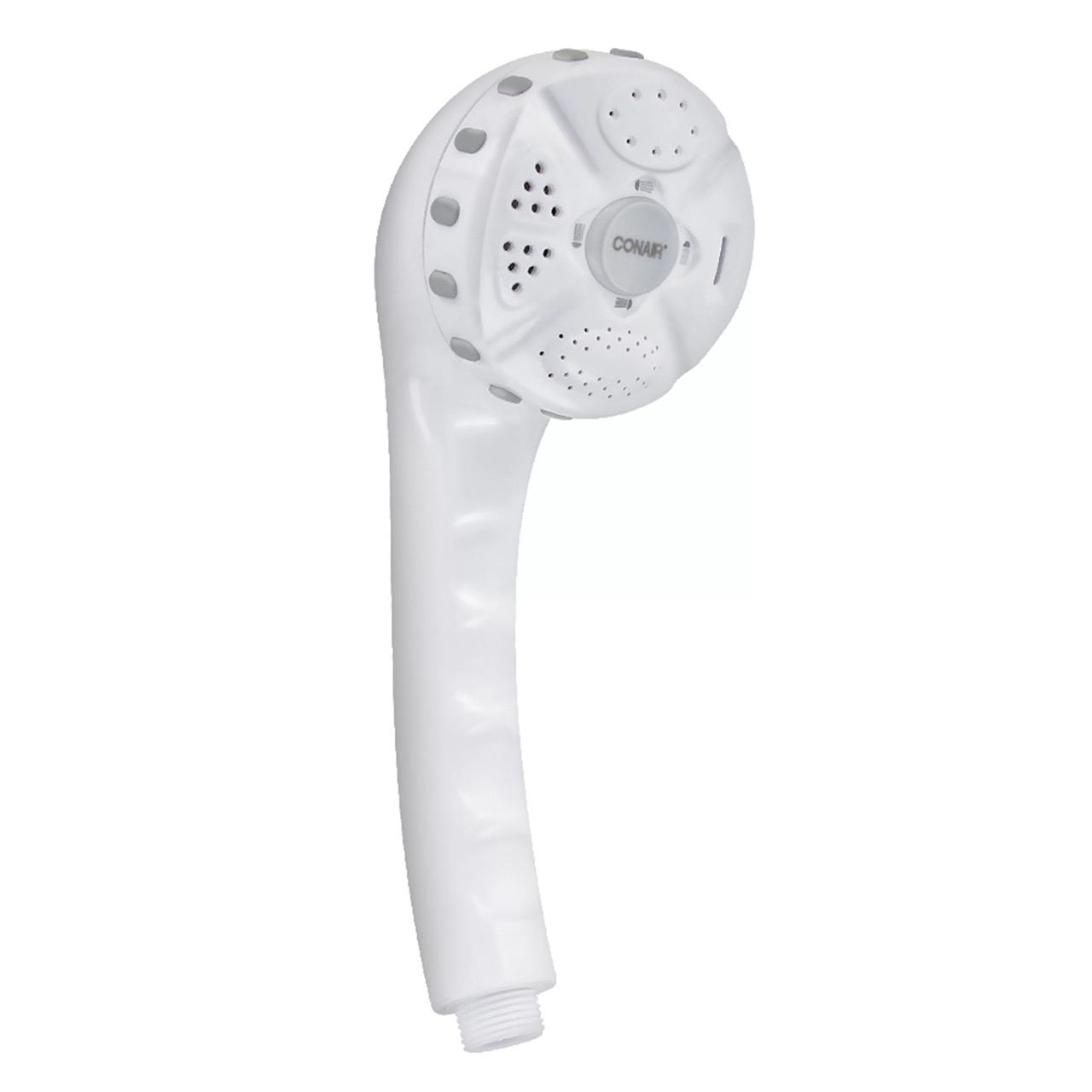Home> Showerhead Maintenance
Showerhead Maintenance Secrets: Unlock Maximum Bliss!
Discover the best showerhead maintenance secrets to unlock maximum bliss! Maintain your showerhead for a refreshing and invigorating shower experience.
Can’t Figure Out How To Use The Showerhead In My Walk-In Bath Tub
By: Ethan Hayes • Articles
